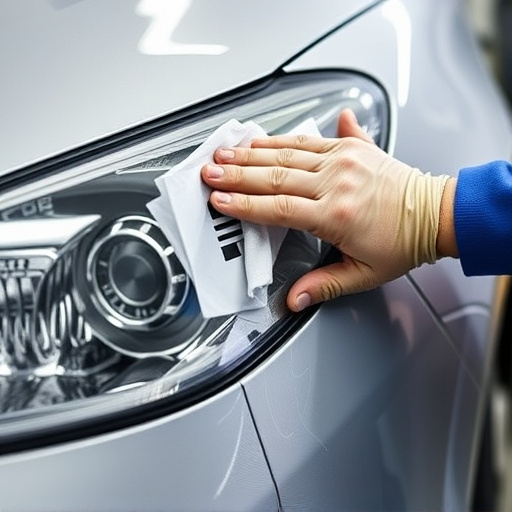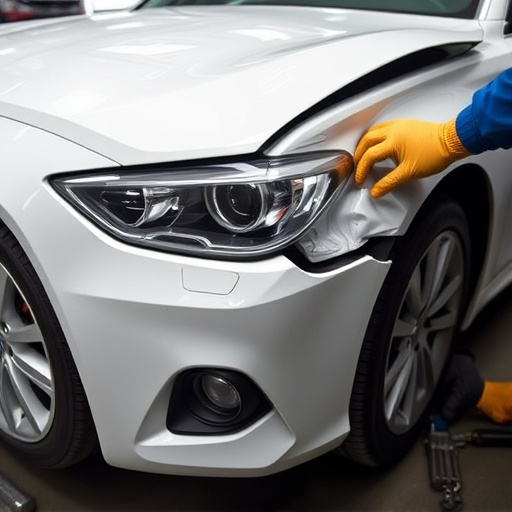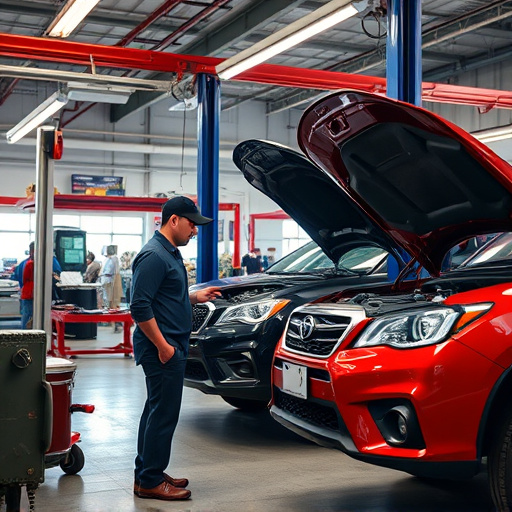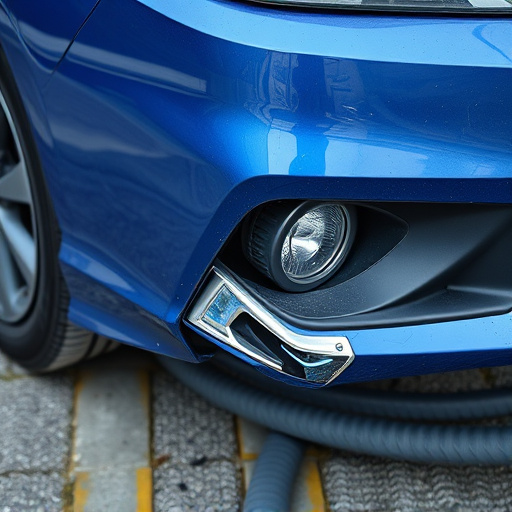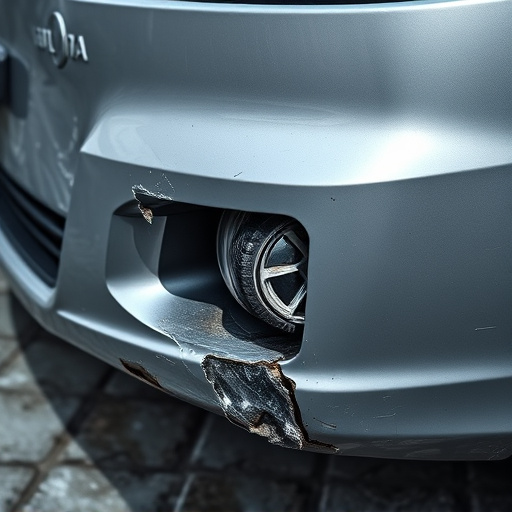Efficient repair scheduling collision relies on seamless communication and digital tools to optimize operations. This process involves damage assessment, parts replacement, and labor resource management, enhancing timeline predictions and budget estimates. Insurers coordinate efforts among policyholders, repair facilities, and themselves, ensuring swift compensation for accident damages. Clear communication, timely updates, adherence to regulations, and a focus on policyholder needs throughout the claims journey lead to higher customer satisfaction and faster auto body services.
In the intricate process of collision repair, efficient scheduling and seamless insurance company coordination are key. This article delves into the fundamentals of repair scheduling for collisions, highlighting its significance in the claims process. We explore how insurance coordination acts as a vital link, ensuring smooth operations. Through effective communication strategies, we uncover methods to streamline repair and insurance collaboration, ultimately enhancing customer satisfaction.
- Understanding Collision Repair Scheduling Basics
- Insurance Coordination: The Crucial Link in Claims Process
- Efficient Communication: Streamlining Repair and Insurance Collaboration
Understanding Collision Repair Scheduling Basics
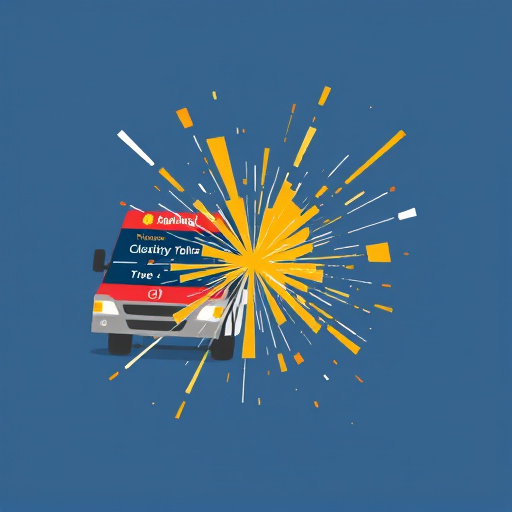
Collision repair scheduling is a critical process that ensures smooth operations for both insurance companies and collision repair shops. At its core, it involves coordinating the various stages of car body repair and frame straightening to minimize downtime and maximize efficiency. This begins with understanding the extent of damage, assessing the need for parts replacement, and planning for labor resources required to fix the vehicle.
Effective repair scheduling collision strategies involve seamless communication between insurance adjusters, repair shop managers, and policyholders. By integrating digital tools that facilitate real-time updates on work progress, these systems enable better prediction of repair timelines and budget estimates. Moreover, they streamline the process of autorizing repairs for specific auto body repairs or frame straightening services, ensuring quick turnaround times and customer satisfaction.
Insurance Coordination: The Crucial Link in Claims Process

In the realm of repair scheduling and collision claims, insurance coordination plays a pivotal role, acting as the crucial link between policyholders, repair facilities, and insurers. This intricate process ensures that vehicle owners receive efficient and accurate compensation for damages incurred in accidents. Insurance providers facilitate this by evaluating claims, authorizing repairs, and managing payments to workshops specializing in car paint services or fleet repair services, depending on the needs of the policyholder.
Effective coordination streamlines the entire claims journey, from initial assessment to final restoration. It involves clear communication channels, timely updates, and adherence to regulatory standards. Moreover, it allows for specialized auto painting services to be seamlessly integrated into the repair process, ensuring that vehicles not only function but also retain their aesthetic appeal post-restoration.
Efficient Communication: Streamlining Repair and Insurance Collaboration
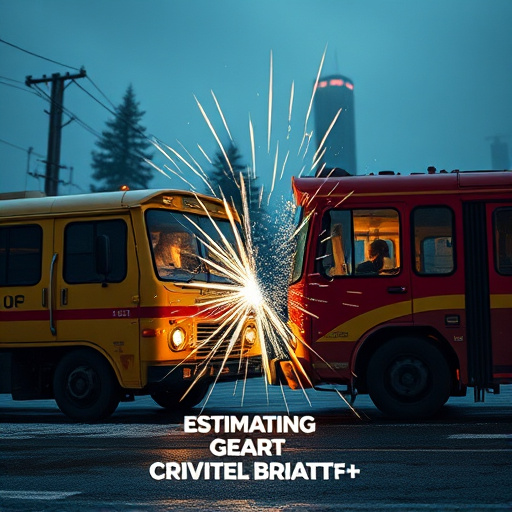
Efficient communication is the cornerstone of successful repair scheduling for collision and insurance companies. When a vehicle undergoes collision damage, seamless coordination between the repair shop, insurance provider, and policyholder is paramount to ensure timely and cost-effective solutions. Streamlined processes facilitate quick assessment and estimation of repairs needed, including services like frame straightening or classic car restoration.
By implementing digital platforms and clear protocols for communication, these parties can collaborate effectively. This means promptly sharing reports, photos, and updates on the repair status, minimizing misunderstandings, and preventing delays. Efficient communication not only enhances customer satisfaction but also optimizes insurance claim processing, leading to faster settlement times and smoother transitions for policyholders during their auto body services journey.
In the realm of collision repairs, efficient scheduling and seamless insurance company coordination are paramount for a smooth claims process. By understanding the basics of repair scheduling, leveraging insurance collaboration, and fostering open communication, collision centers can significantly enhance customer satisfaction and reduce overall claim turnaround times. Mastering these strategies is not just beneficial; it’s essential to thrive in the competitive automotive services landscape.

